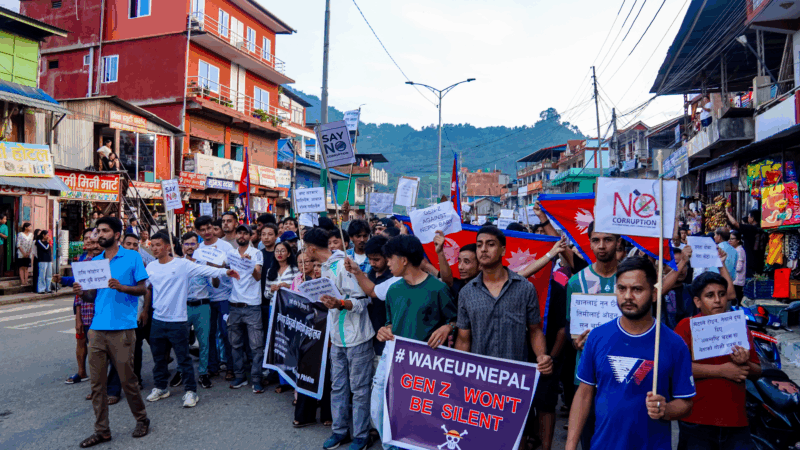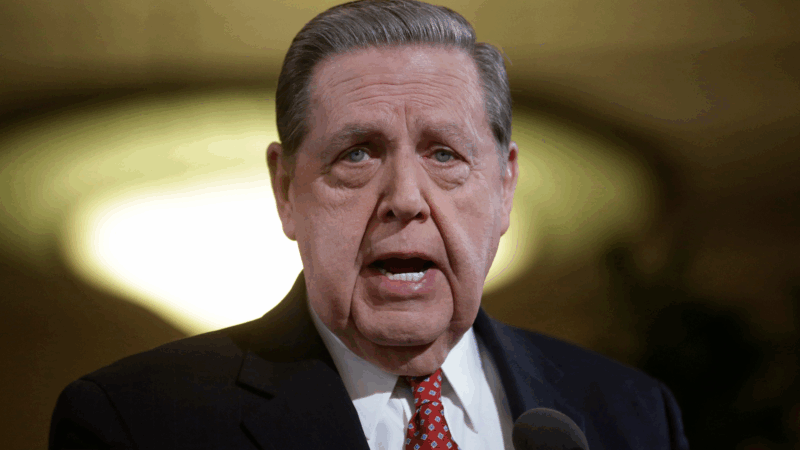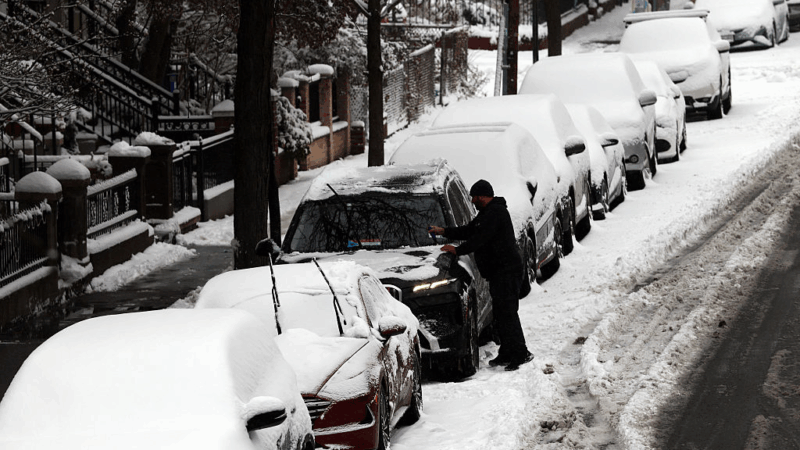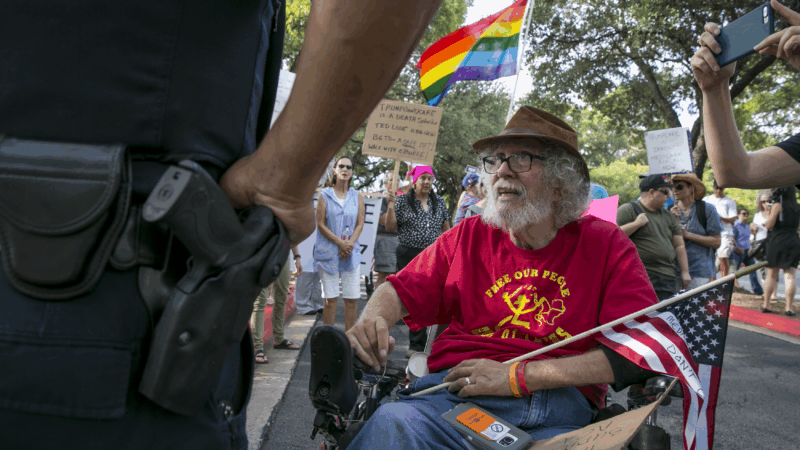What to know about the mass Gen Z protests in Nepal
Over the past 48 hours, Nepal has been rocked by deadly mass protests led by young people who are frustrated over the country’s leadership.
On Tuesday night, the Nepali army deployed troops to restore order after prominent government buildings were set on fire, politicians were attacked and violent clashes erupted between protesters and government forces.
Nepal’s prime minister, Khadga Prasad Oli also stepped down earlier in the day in response to the ongoing fallout.
At least 19 people have been killed in the protests and more than 200 others were admitted to the hospital due to injuries, according to Nepal’s Civil Service Hospital.
Here’s what to know.
How did the protests begin?
Frustrations have been mounting among young people in Nepal over the country’s unemployment and wealth gap. According to the Nepal Living Standard Survey 2022-23, published by the government, the country’s unemployment rate was 12.6%.
Leading up to the protests, the hashtag #NepoBaby had been trending in the country, largely to criticize the extravagant lifestyles of local politicians’ children and call out corruption, NPR previously reported.
Then, last Thursday, Nepal’s government imposed a ban on most social media platforms, including Facebook, X, WhatsApp, and Youtube. Officials said the move was the result of these companies failing to formally register with the government.
Some viewed the ban as a threat to free speech, while others were worried how it would disrupt communication with loved ones working abroad, The Kathmandu Post, a local newspaper reported. Over 741,000 Nepalis left the country in the fiscal year 2023-24 to find employment, according to the Post.

The mass protests erupted on Monday — with some demonstrators setting ablaze government buildings, including the Parliament and the Supreme Court, as well as the homes of top political leaders, NPR previously reported. Tribhuvan International Airport, the country’s main international airport, was also shut down due to smoke in the area.
The government lifted the social ban later in the day and imposed a curfew in the nation’s capital Kathmandu and other cities. But demonstrations continued.
On Tuesday, the District Administration Office in Kathmandu said government forces used water canons, tear gas, and rubber bullets in an attempt to clamp down on protests.
What’s next
The prime minister’s resignation came a day after Interior Minister Ramesh Lekhak also announced his decision to step down.
A key question moving forward is who has the legitimacy to govern Nepal, according to Ashish Pradhan, a senior advisor at the International Crisis Group, a conflict resolution nonprofit.
“This is pretty unprecedented, especially because of the scale,” he said.

Many of the protesters identify as part of the Gen Z population, which is generally defined as those born between 1997 and 2012.
Over the years, this generation has played a central role in explosive political protests in the region. Most recently, last year in Bangladesh, students mobilized to call for the end of a controversial quota system for government jobs. The country’s authoritarian prime minister fled the country as a result. More than 1,400 people were killed, mostly by security forces, according to the U.N Office of the High Commissioner for Human Rights.
In a joint statement on Monday, the embassies of the U.S., U.K., Japan, France and other countries expressed their strong support for “the universal rights of peaceful assembly and freedom of expression.”
“We urge all parties to exercise maximum restraint, avoid further escalation, and ensure that these fundamental rights are protected,” the statement read.
Brigitte Bardot, sex goddess of cinema, has died
Legendary screen siren and animal rights activist Brigitte Bardot has died at age 91. The alluring former model starred in numerous movies, often playing the highly sexualized love interest.
For Ukrainians, a nuclear missile museum is a bitter reminder of what the country gave up
The Museum of Strategic Missile Forces tells the story of how Ukraine dismantled its nuclear weapons arsenal after independence in 1991. Today many Ukrainians believe that decision to give up nukes was a mistake.
Jeffrey R. Holland, next in line to lead Church of Jesus Christ of Latter-day Saints, dies at 85
Jeffrey R. Holland led the Quorum of the Twelve Apostles, a key governing body. He was next in line to become the church's president.
Winter storm brings heavy snow and ice to busy holiday travel weekend
A powerful winter storm is impacting parts of the U.S. with major snowfall, ice, and below zero wind chills. The conditions are disrupting holiday travel and could last through next week.
Disability rights advocate Bob Kafka dead at 79
Bob Kafka was an organizer with ADAPT (American Disabled for Attendant Programs Today), a group which advocates for policy change to support people with disabilities.
‘It’s behind you!’ How Britain goes wild for pantomimes during the holidays
Pantomimes are plays based on a well-known story — often a fairy tale — which are given a bawdy twist. The audience is expected to join in throughout, shouting as loudly as they can.









